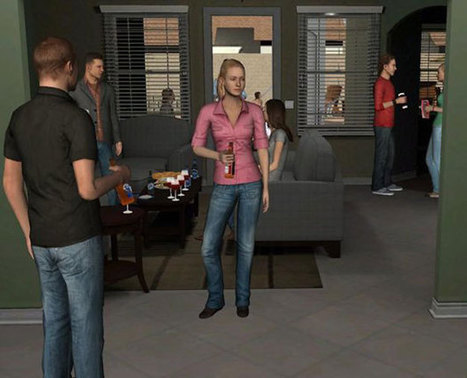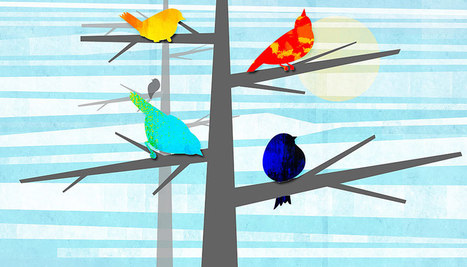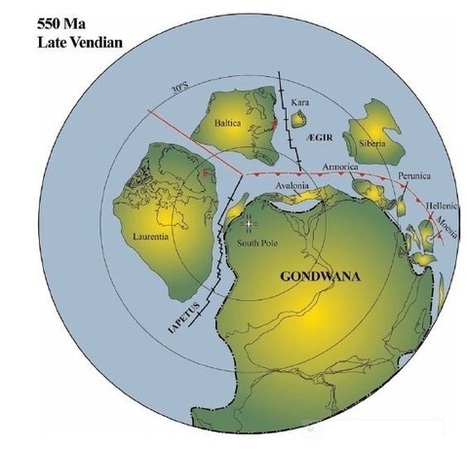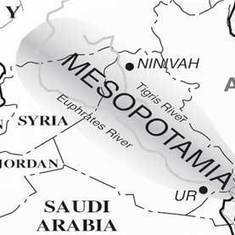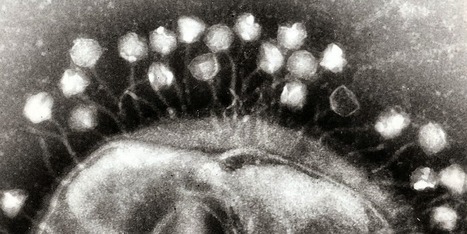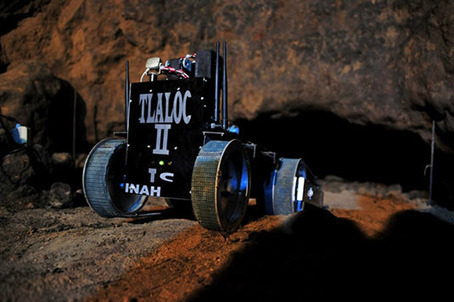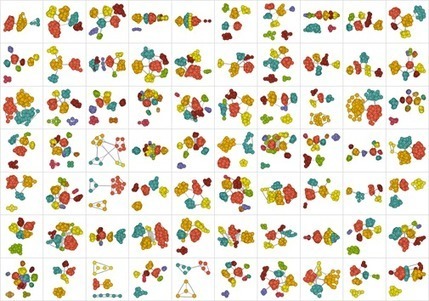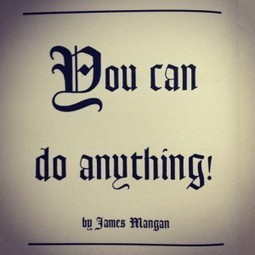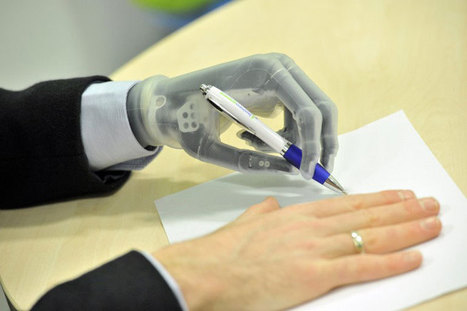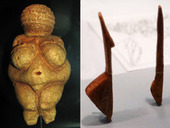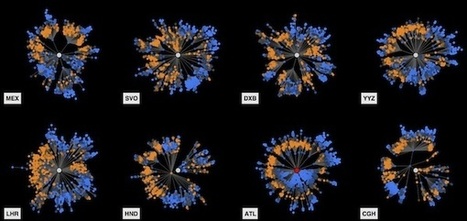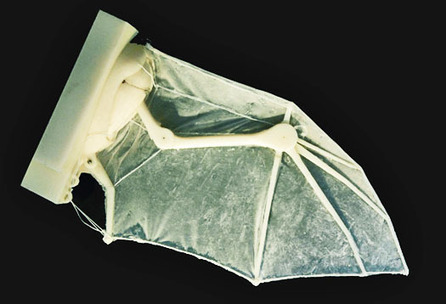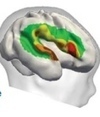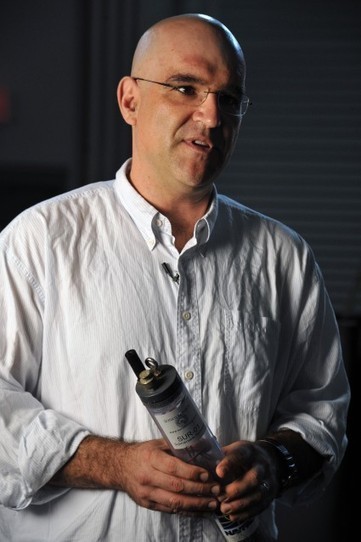From Jos Leys, Étienne Ghys and Aurélien Alvarez, the makers of Dimensions, comes CHAOS, a math movie with nine 13-minute chapters. It is a film about dynamical systems, the butterfly effect and chaos theory, intended for a wide audience. CHAOS is available in a large choice of languages and subtitles.
Get Started for FREE
Sign up with Facebook Sign up with X
I don't have a Facebook or a X account


 Your new post is loading... Your new post is loading...
 Your new post is loading... Your new post is loading...
A new study provides tentative support for this idea. Marjaana Lindeman and her colleagues report that atheists get just as stressed as religious people when they ask God to do nasty things, as in "I dare God to make someone murder my parents cruelly."
NASA’s Kepler mission has discovered more than 100 confirmed planets orbiting distant stars. Via Guillaume Decugis 
Guillaume Decugis's curator insight,
April 25, 2013 4:10 PM
Watch them orbit on scale and sort them by size: great job by the nytimes! 
Gust MEES's curator insight,
April 27, 2013 10:37 AM
Nice interactive infographic, check it out an learn more...
The trend involving teenagers and Facebook seems to be changing. Teens are becoming bored with Facebook, and Facebook users are getting older.
Researchers created this virtual bar, virtual crack house and other virtual reality situations to help treat addiction. Addicts can develop coping skills. 
Sandys VR's curator insight,
April 24, 2013 2:37 AM
This is nothing new but a very 'traditional' use of VR. Cue reactivity and addiction treatment are a very common application. At least in the field of psychology. I wonder why the author of this article calls it a 'twist' to VR?! 
Sandys VR's comment,
April 24, 2013 2:58 AM
I think I've just picked a very off article. It's been in the news for a while and this one I guess is one of the strangest I've read so far. Don't wanna put all of them on this page though. Maybe sometimes it's good to read a negative example ;)

Luis Carlos Peña Gordillo's curator insight,
November 4, 2013 1:51 AM
Análisis psicológico de las casas de crack usando realidad virtual.
Study finds that people believe they’ll be happy in the future, even when they imagine the many bad things that could happen, because they discount the possibility that those bad things will actually occur.
From
www
Wireless Cities are Coming: Get Ready to Ditch Your Power Cords
Geological detectives are piecing together an intriguing seafloor puzzle. The Indian Ocean and some of its islands, scientists say, may lie on top of the remains of an ancient continent pulled apart by plate tectonics between 50 million and 100 million years ago.
With its complex interweaving of symbols, structure, and meaning, human language stands apart from other forms of animal communication. But where did it come from? A new paper suggests that researchers look to bird songs and monkey calls to understand how human language might have evolved from simpler, preexisting abilities.
From
all-geo
The earth’s surface is not fixed. Oceans come and go and continents are constantly moving, breaking up and reforming like blobs of oil on the surface of a stock-pot.
Archaeologists are drawing comparisons between the fall of the Akkadian empire more than 4,000 years ago and the crises in contemporary Syria
The discovery of a virus with its own immune system. …
PLOS Biology is an open-access, peer-reviewed journal that features works of exceptional significance in all areas of biological science, from molecules to ecosystems, including works at the interface with other disciplines. |
The robot will then make laser scans of the interior.
Stephen Wolfram shares interesting Facebook data analysis finds from the Data Donor program of Wolfram|Alpha Personal Analytics for Facebook.
Sakis Koukouvis's insight:
We’re starting to be able to train a serious “computational telescope” on the “social universe”. And it’s letting us discover all sorts of phenomena. That have the potential to help us understand much more about society and about ourselves. And that, by the way, provide great examples of what can be achieved with data science, and with the technology I’ve been working on developing for so long.
"Write! Writing, to knowledge, is a certified check."
This is the world's 1st app-controlled prosthetic hand, and it will change a lot of lives. The user can control the hand's movement with an iPhone/iPad app.
Political scientist James Fowler makes the connection between smiling profile pictures on Facebook and human evolution.
WARNING: This is a non-conventional view of our solar system. If you can't handle that, please try to remain calm. It is OK for people to have different view...
Engineers have improved on the original and groundbreaking brain-computer interface by creating a wireless device that has successfully been implanted into the brains of monkeys and pigs.
About 35,000 years ago, prehistoric artists across Europe suddenly discovered the female form—and the art world has never been the same. The explosion of voluptuous female figurines sculpted out of limestone, ivory, and clay directly inspired Picasso and Matisse. Researchers have debated the figurines' meaning for decades. Now, two scientists think they have the answer. Presenting their work here last week at the European Palaeolithic Conference, they claimed that the objects started off as celebrations of the female form, then later became symbols that tied together a growing human society.
Modelling the spread of disease is a difficult business. Once upon a time diseases could spread only as fast as we could walk or ride a horse. But today our complicated travel patterns mean an epidemic can jump from country to country in a matter of hours when an infected person boards a plane. Epidemiologists use incredibly complex models involving huge amounts of transport, social contact and disease data to predict the spread of diseases. But Dirk Brockmann, a physicist from Northwestern University, thinks we can hide all this complexity and draw a simpler picture of how diseases spread, even in today's complex world.
Brain imaging shows that premature babies process speech in similar ways to adults.
From the lights in our houses to our mobile devices, we are an energized society. And future energy sources could come from some pretty unlikely places. |


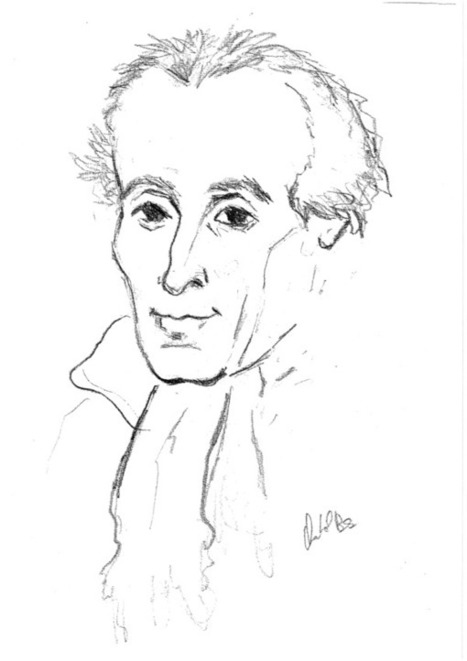


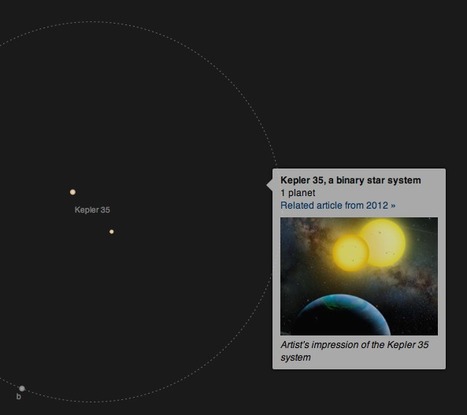
![Teenagers And Facebook: The Appeal Is Wearing Off [Infographic] | Science News | Scoop.it](https://img.scoop.it/3nJobeZRd_Ni8BWWJxlH-jl72eJkfbmt4t8yenImKBVvK0kTmF0xjctABnaLJIm9)
